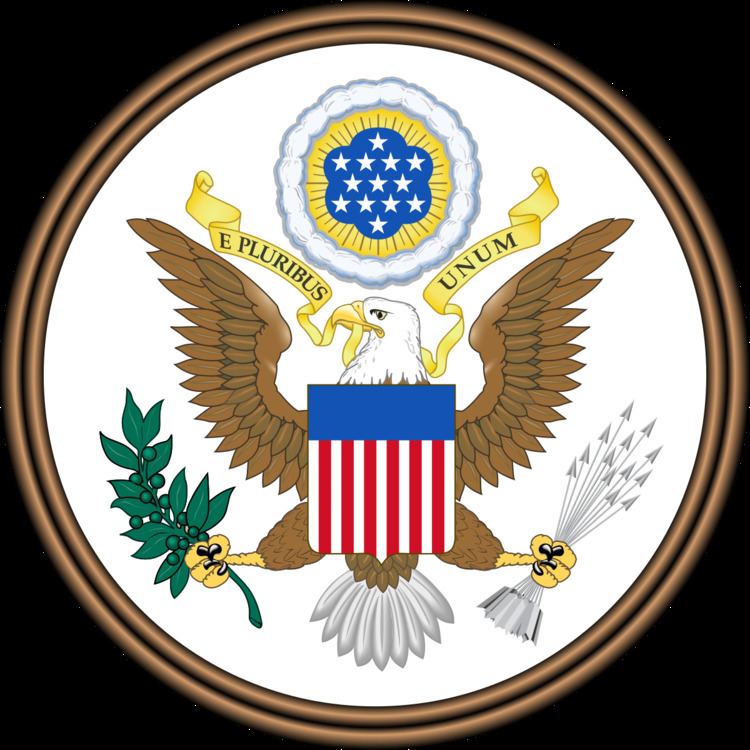Introduced on July 23, 2014 | ||
 | ||
Full title Approving the location of a memorial to commemorate the more than 5,000 slaves and free Black persons who fought for independence in the American Revolution Introduced in 113th United States Congress Sponsored by Rep. G. K. Butterfield (D-NC) | ||
The joint resolution "Approving the location of a memorial to commemorate the more than 5,000 slaves and free Black persons who fought for independence in the American Revolution" (H
Contents
- Black Patriots
- National Liberty Memorial
- Provisions of the bill
- Congressional Budget Office report
- Procedural history
- Debate and discussion
- References
The joint resolution was introduced into the United States House of Representatives during the 113th United States Congress.
Black Patriots
During the American Revolution, free blacks in the North and South fought on both sides of the Revolution, although most fought for the patriots. Historian Gary B. Nash reports that recent research concludes there were about 9,000 black Patriot soldiers, counting the Continental Army and Navy, and state militia units, as well as privateers, wagoneers in the Army, servants to officers, and spies. Historian Ray Raphael notes that while thousands did join the Loyalist cause, "A far larger number, free as well as slave, tried to further their interests by siding with the patriots." Crispus Attucks, who was shot dead by British soldiers in the Boston Massacre in 1770, is an iconic martyr to Patriots. Both sides offered freedom and re-settlement to slaves who were willing to fight for them, especially targeting slaves whose owners supported the opposing cause.
National Liberty Memorial
The National Liberty Monument is a proposed national memorial to honor the more than 5,000 enslaved and free persons of African descent who served as soldiers or sailors or provided civilian assistance during the American Revolutionary War. The memorial is an outgrowth of a failed effort to erect a Black Revolutionary War Patriots Memorial. President Reagan signed the Black Revolutionary War Patriots Act (Pub.L. 99–558) into law on October 27, 1986. The act forbade the use of federal funds to build the memorial (a typical requirement by Congress) and established a nonprofit, the Black Revolutionary War Patriots Memorial Foundation, to solicit funds to build the memorial. However, the memorial foundation dissolved in 2005. A few years later, Congress authorized the National Liberty Memorial on January 2, 2013, in Section 2859 of the National Defense Authorization Act for Fiscal Year 2013 (Pub.L. 112–239). Congress declared the memorial to be a "commemorative work to slaves and free black persons who served in the American Revolution" as soldiers, sailors, or civilians. The National Mall Liberty Fund D.C. was authorized to build the memorial.
Provisions of the bill
This summary is based largely on the summary provided by the Congressional Research Service, a public domain source.
The resolution would approve the location of a commemorative work to honor the more than 5,000 slaves and free black persons who fought in the American Revolution.
Congressional Budget Office report
This summary is based largely on the summary provided by the Congressional Budget Office, as ordered reported by the House Committee on Natural Resources on July 30, 2014. This is a public domain source.
H.J. Res. 120 would approve the selection of a site to commemorate and honor African-Americans who fought in the Revolutionary War. In 2013, the National Mall Liberty Fund, a non-profit organization, was authorized to establish the commemorative work on federal land in Washington, DC, or its environs without the use of federal funds. The Congressional Budget Office (CBO) estimates that implementing H.J. Res. 120 would not affect the federal budget. Because enacting H.J. Res. 120 would not affect direct spending or revenues, pay-as-you-go procedures do not apply.
H.J. Res. 120 contains no intergovernmental or private-sector mandates as defined in the Unfunded Mandates Reform Act and would not affect the budgets of state, local, or tribal governments.
Procedural history
H.J.Res. 120 was introduced into the United States House of Representatives on July 23, 2014 by Rep. G. K. Butterfield (D-NC). The bill was referred to the United States House Committee on Natural Resources. On September 8, 2014, the House voted in a voice vote to pass the bill.
Debate and discussion
Rep. Butterfield, who sponsored the bill, said that "this eventual memorial will show the nation, it will show the world, that the sacrifices, the heroic efforts of African Americans, both slave and free, who took up arms for American independence are not forgotten."
The monument will be built without using federal funds.
